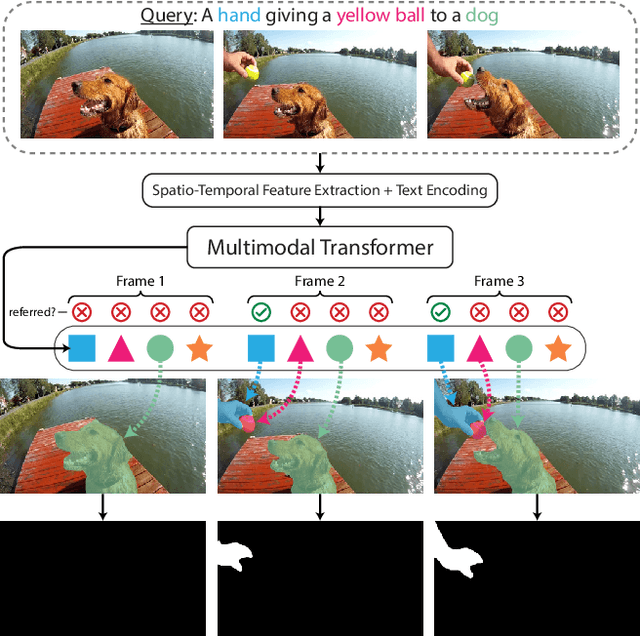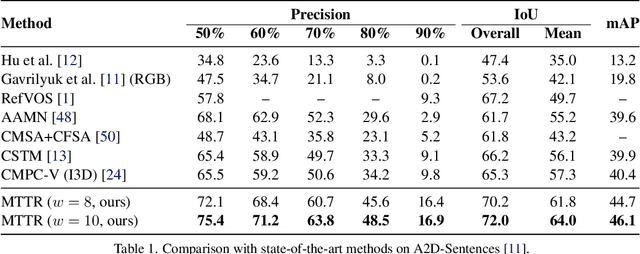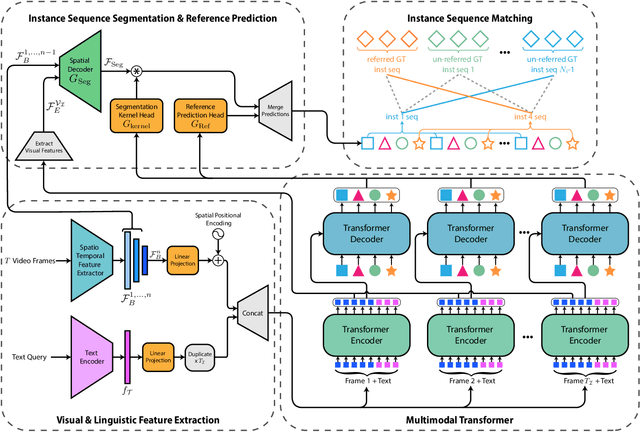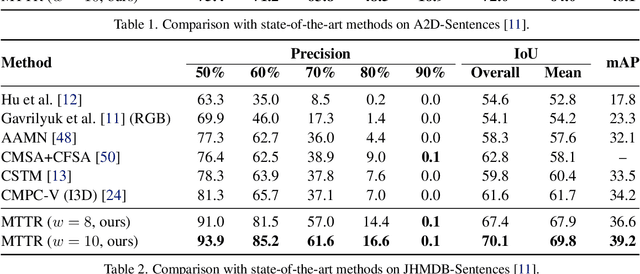Adam Botach
Distilling the Knowledge in Data Pruning
Mar 12, 2024



Abstract:With the increasing size of datasets used for training neural networks, data pruning becomes an attractive field of research. However, most current data pruning algorithms are limited in their ability to preserve accuracy compared to models trained on the full data, especially in high pruning regimes. In this paper we explore the application of data pruning while incorporating knowledge distillation (KD) when training on a pruned subset. That is, rather than relying solely on ground-truth labels, we also use the soft predictions from a teacher network pre-trained on the complete data. By integrating KD into training, we demonstrate significant improvement across datasets, pruning methods, and on all pruning fractions. We first establish a theoretical motivation for employing self-distillation to improve training on pruned data. Then, we empirically make a compelling and highly practical observation: using KD, simple random pruning is comparable or superior to sophisticated pruning methods across all pruning regimes. On ImageNet for example, we achieve superior accuracy despite training on a random subset of only 50% of the data. Additionally, we demonstrate a crucial connection between the pruning factor and the optimal knowledge distillation weight. This helps mitigate the impact of samples with noisy labels and low-quality images retained by typical pruning algorithms. Finally, we make an intriguing observation: when using lower pruning fractions, larger teachers lead to accuracy degradation, while surprisingly, employing teachers with a smaller capacity than the student's may improve results. Our code will be made available.
End-to-End Referring Video Object Segmentation with Multimodal Transformers
Nov 29, 2021



Abstract:The referring video object segmentation task (RVOS) involves segmentation of a text-referred object instance in the frames of a given video. Due to the complex nature of this multimodal task, which combines text reasoning, video understanding, instance segmentation and tracking, existing approaches typically rely on sophisticated pipelines in order to tackle it. In this paper, we propose a simple Transformer-based approach to RVOS. Our framework, termed Multimodal Tracking Transformer (MTTR), models the RVOS task as a sequence prediction problem. Following recent advancements in computer vision and natural language processing, MTTR is based on the realization that video and text can both be processed together effectively and elegantly by a single multimodal Transformer model. MTTR is end-to-end trainable, free of text-related inductive bias components and requires no additional mask-refinement post-processing steps. As such, it simplifies the RVOS pipeline considerably compared to existing methods. Evaluation on standard benchmarks reveals that MTTR significantly outperforms previous art across multiple metrics. In particular, MTTR shows impressive +5.7 and +5.0 mAP gains on the A2D-Sentences and JHMDB-Sentences datasets respectively, while processing 76 frames per second. In addition, we report strong results on the public validation set of Refer-YouTube-VOS, a more challenging RVOS dataset that has yet to receive the attention of researchers. The code to reproduce our experiments is available at https://github.com/mttr2021/MTTR
BIDCD - Bosch Industrial Depth Completion Dataset
Aug 10, 2021



Abstract:We introduce BIDCD - the Bosch Industrial Depth Completion Dataset. BIDCD is a new RGBD dataset of metallic industrial objects, collected with a depth camera mounted on a robotic manipulator. The main purpose of this dataset is to facilitate the training of domain-specific depth completion models, to be used in logistics and manufacturing tasks. We trained a State-of-the-Art depth completion model on this dataset, and report the results, setting an initial benchmark.
 Add to Chrome
Add to Chrome Add to Firefox
Add to Firefox Add to Edge
Add to Edge